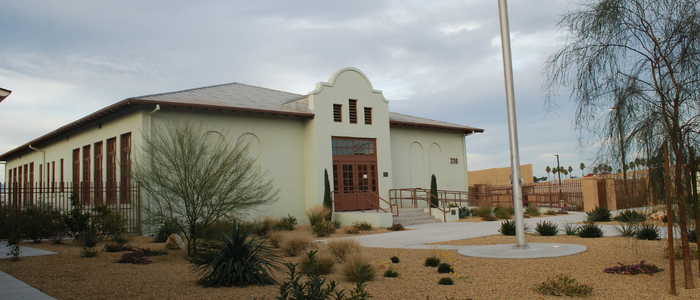How Nevada’s Historic Buildings Stay Energy Efficient

Nevada recognized Energy Efficiency Day this week. Smarter energy use is the cheapest, quickest, and cleanest way to help cut costs for households, while also cutting harmful emissions from power plants.
You don’t need a state-of-the-art building to implement energy-saving practices. Our State Historic Preservation Office (SHPO) explains how a few upgrades can help Nevada’s historic buildings cut energy costs:
- Architect Carl Elefante coined the phrase, “The greenest building is one that is already built.” Reusing and rehabilitating a historic building has a far lower carbon footprint than demolishing it and constructing a new one.
- There are many cost-effective measures you can take to increase the efficiency of a historic building. That includes adding insulation to the walls and ceiling, enclosing plumbing penetrations, eliminating gaps in ductwork, insulating pipes, and installing efficient appliances.
- When working with historic buildings, it can be challenging to implement energy upgrades that don’t change the character of the building. An energy audit can identify and prioritize what areas need improvement. A simpler solution is to change how the building is operated. By keeping curtains closed, limiting air conditioning to rooms that see visitors, and turning off equipment that isn’t in use, building staff can help lower heating and cooling costs.
- It’s a misconception that new windows can lead to significant energy savings. Even historic windows can help cut costs if they are kept in good condition. That means ensuring they fit properly, which can include caulking and weatherstripping them. If needed, storm windows, UV films, or solar screens can also be installed to improve energy efficiency.
By utilizing these and other sustainable practices, SHPO ensures that our historic treasures can help Nevada achieve its energy goals.
